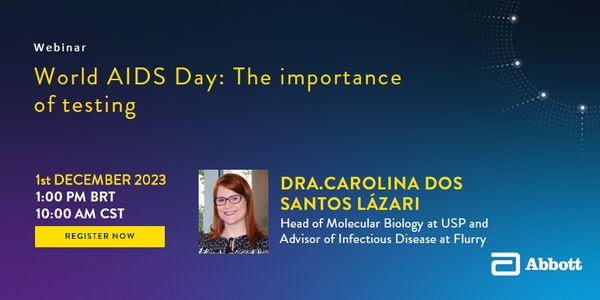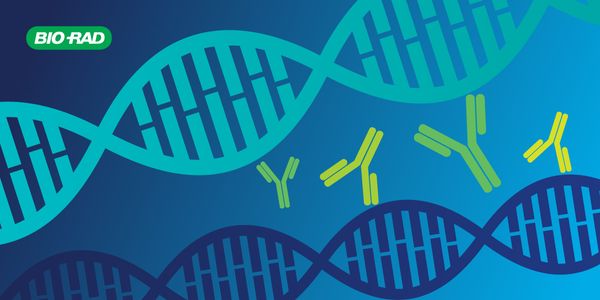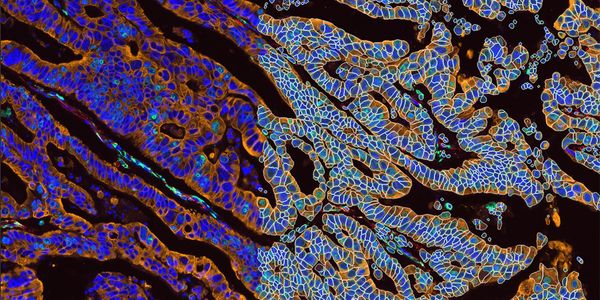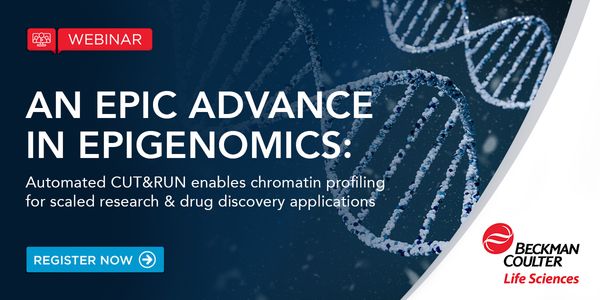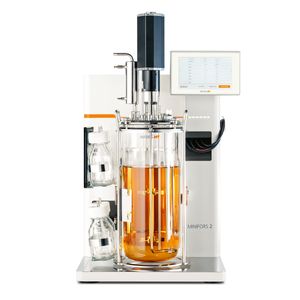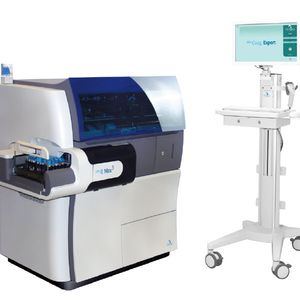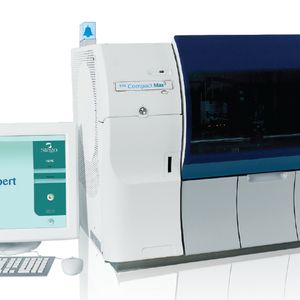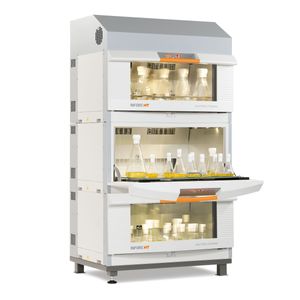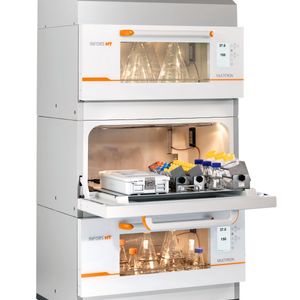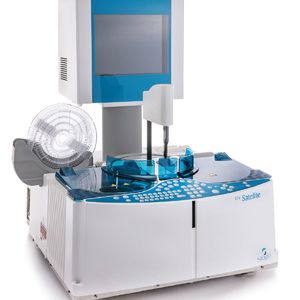Microbiology Webinars
This compilation of webinars touch on the various human diseases are most commonly attributed to the subject matter of microbiology, as well as the many microbes that are also responsible for numerous beneficial processes.
Show More
-
FEB 28, 2024 | 8:00 AMMicroscopy involves the study of organisms too small to see with the naked eye, magnifying the small worlds within our own so we can study and understand these samples. Organs, tissues and c...
-
FEB 14, 2024 | 7:00 AMInvasive candidiasis and candidemia are associated with a high rate of patient morbidity and mortality, but earlier initiation of antifungal therapy can significantly improve patient outcome...
-
FEB 08, 2024 | 10:00 AMHigh-content screening (HCS) is an imaging-based, multi-parametric strategy used in drug development that generates rich datasets through multiplexing strategically chosen fluorescent dyes a...
-
JAN 23, 2024 | 8:00 AMCustomizing biosafety cabinets to fit a specific application has become a new trend in biosafety. The ability to get a tailor-made cabinet can create a lot of opportunities for your lab, but...
-
DEC 07, 2023 | 11:00 AMAbstract text Learning Objectives Webinars will be available for unlimited viewing after live event....
-
DEC 01, 2023 | 8:00 AMAccording to the most recent data from UNAIDS, in 2022, there were around 39 million people living with HIV worldwide. Of these, 5.5 million people were unaware of their diagnosis in 2021. M...
-
NOV 29, 2023 | 8:00 AMLight-sheet microscopy is a rapidly developing field thanks to the numerous benefits and vast number of implementations when imaging with a light sheet. However, these benefits are best real...
-
NOV 15, 2023 | 10:00 AMJoin our webinar to discover how automated sample preparation can free your lab from the time-consuming, costly, and complex manual workflows in proteomics. In the ever-evolving field of pro...
-
NOV 14, 2023 | 10:00 AMC.E. CREDITSAssessment for anti-dsDNA antibodies provides some of the most significant challenges in autoantibody serology testing. Anti-dsDNA antibodies are an important biomarker for systemic lupus er...
-
NOV 14, 2023 | 6:00 AMC.E. CREDITSIt is over half a century since haemoglobin A1c (HbA1c) was recognised by medical professionals; the importance of HbA1c to the long term health of people with diabetes was clearly demonstra...
-
NOV 08, 2023 | 8:00 AMGenerating Insights into tissue microenvironments is crucial to our understanding of normal and abnormal tissue development such as during cancer progression. Spatial biology methods using m...
-
OCT 26, 2023 | 8:00 AMIn the era of advanced biotechnology, automation plays a crucial role in accelerating cancer research. Next-generation sequencing (NGS) technology has revolutionized cancer research, but lab...
-
OCT 24, 2023 | 10:00 AMDynamic changes in chromatin drive gene expression programs during cellular development and contribute to pathological changes underlying disease. To date, efforts to characterize chromatin...
-
OCT 17, 2023 | 6:00 AMDuring this presentation, the speaker will provide insights into the clinical utility of the T2Bacteria and T2Resistance Panels in the intensive care unit (ICU), including real-world clinica...
-
SEP 28, 2023 | 10:00 AMAccurate diagnosis of H. pylori infection remains both crucial and challenging today. In line with current guidelines, confirming eradication after antibiotic treatment is essential. Diagnos...
-
SEP 27, 2023 | 8:00 AMCell therapy holds promise in improving outcomes for many difficult-to-treat diseases. However, this therapeutic strategy also comes with challenges that limit rollouts on a more impactful s...
-
SEP 07, 2023 | 12:00 PMShifting from or supplementing traditional cultures by offering PCR infectious disease testing can be challenging for a laboratory. The addition of this testing is not just a change for the l...
-
SEP 07, 2023 | 12:00 PMThe Class II Biosafety Cabinet (BSC) is an important tool in the life science laboratory, offering protection for both samples and personnel. But with so many choices of BSCs available, sele...
-
SEP 07, 2023 | 10:30 AMC.E. CREDITSLaboratories performing diagnostic testing for infectious diseases have an obligation to meet the needs of multiple patient populations....
-
SEP 07, 2023 | 9:00 AMC.E. CREDITSRNA viruses use a variety of interactions with host proteins to gain entry, to evade immune responses, to promote viral replication, and to promote viral egress and spread. These interaction...
-
SEP 07, 2023 | 7:30 AMC.E. CREDITSBorrelia burgdorferi, the causative agent of Lyme disease, cycles between an Ixodes spp. vector and a vertebrate reservoir host, typically small rodents. Humans become infected when they int...
-
SEP 07, 2023 | 6:00 AMPrompt and early diagnosis of sexually transmitted infections (STIs) is important to enable appropriate treatment and help prevent further transmission....
-
On-DemandC.E. CREDITSHelicobacter pylori is the primary cause of 78% of gastric cancer cases, providing an opportunity to prevent cancer by controlling a single bacterial pathogen within the complex gastric micr...
-
On-DemandC.E. CREDITSAntimicrobial resistance is an important and pressing challenge for global human health. Several obstacles in understanding, diagnosing, and treating antimicrobial resistance limit our abili...
-
SEP 06, 2023 | 12:00 PMC.E. CREDITSGlobally, women are disproportionately affected by sexually transmitted infections (STI) including HIV. The immune system of the female reproductive tract (FRT) balances the unique role of p...
-
SEP 06, 2023 | 10:30 AMC.E. CREDITSHuman respiratory syncytial virus (RSV) remains a significant public health concern, particularly for vulnerable populations such as infants, young children, and immunocompromised individua...
-
SEP 06, 2023 | 9:00 AMC.E. CREDITSHuman skin is characterized by a limited number of phyla including, Actinomycetota, Bacillota and Pseudomonadota. In particular, Staphylococcus (Bacillota) and Corynebacterium (Actinomycetot...





